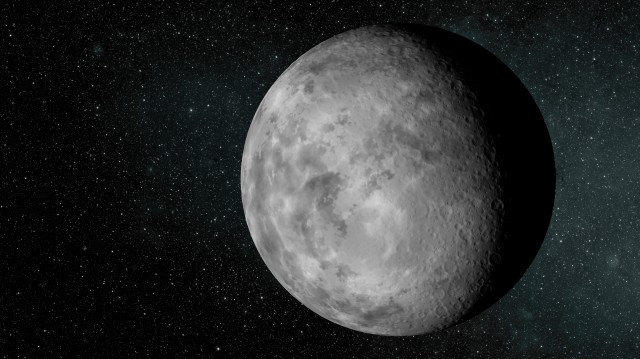Move over exoplanets, exomoons may harbor life, too
Ars Technica » Scientific Method 2014-04-28
In the Star Wars universe, everyone’s favorite furry aliens, the Ewoks, famously lived on the “forest moon of Endor." In scientific terms, the Ewok’s home world would be referred to as an exomoon, which is simply a moon that orbits an exoplanet—any planet that orbits a star other than our own.
Although more than 1,000 exoplanets have been discovered since the first one was found in 1995, only a handful of those are thought to be habitable, at least by life as we know it. New research shows that exomoons, too, could provide habitable environments. Although we have yet to find exomoons, we have good reasons to believe there should be many, even more than exoplanets.
Goldilocks zone
Perhaps the most habitable planet found to date is the recently announced Kepler-186f. This is one of five exoplanets discovered by NASA’s Kepler satellite, all orbiting a small, faint, red dwarf star, 500 light years away in the constellation of Cygnus.
Read 16 remaining paragraphs | Comments
